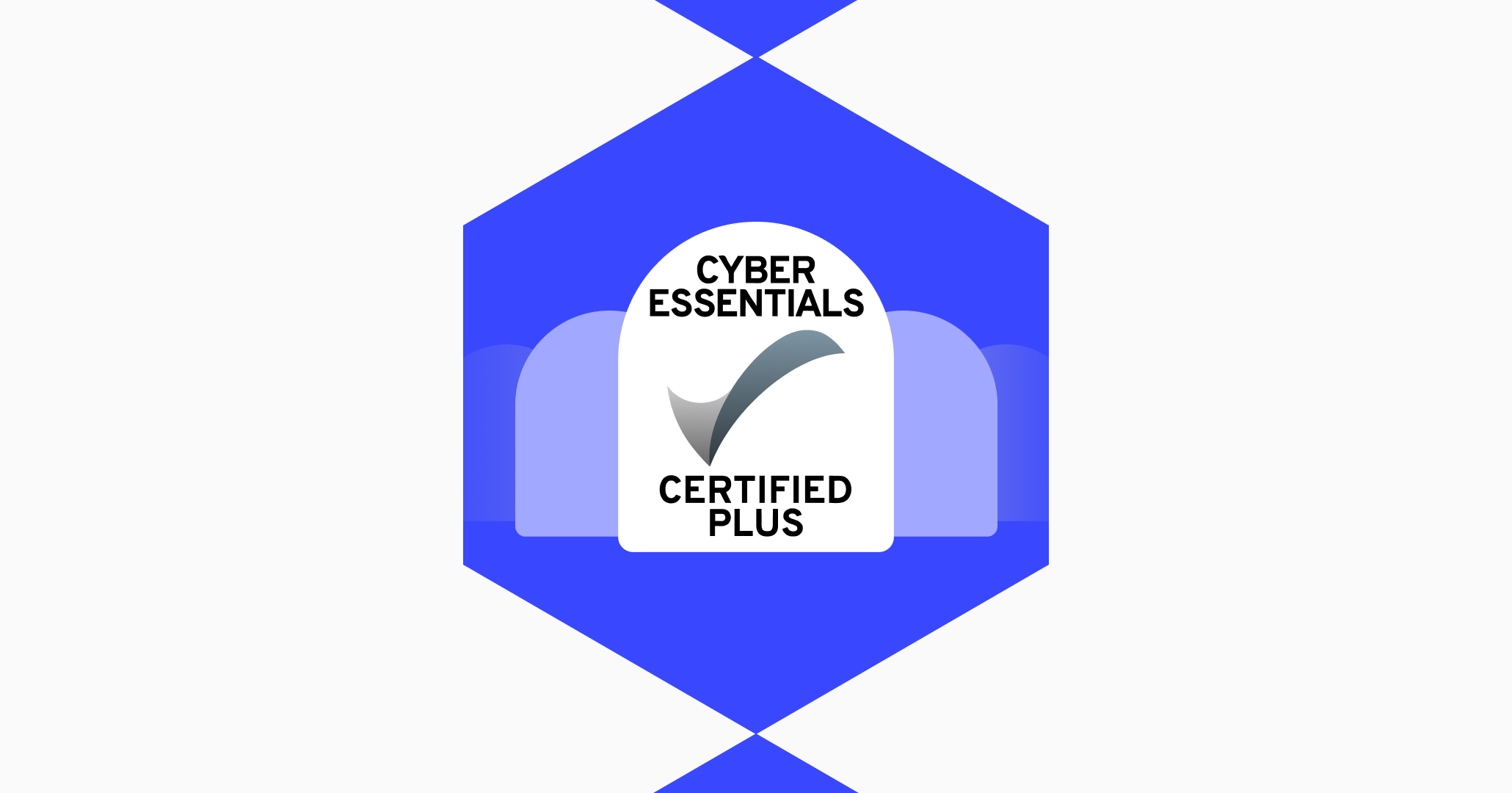By Richard Brown, CEO Melius CyberSafe
The recent cyberattacks on M&S, Co-op and Harrods have dominated headlines, and rightly so. In his keynote speech at the CyberUK conference this week, Pat McFadden the Chancellor of the Duchy of Lancaster will say:
“These attacks need to be a wake-up call for every business in the UK. In a world where the cybercriminals targeting us are relentless in their pursuit of profit – with attempts being made every hour of every day – companies must treat cyber security as an absolute priority.”
They’ve caused major operational disruption, significant financial impact, compromised customer trust, and exposed sensitive data, but perhaps more tellingly, they’ve exposed something deeper: a critical gap in how cyber risk is governed at the highest levels of business.
We often rush to label these incidents as technical failures – a misconfigured setting, a missed patch, a well-meaning employee tricked by a convincing phishing email. But these are symptoms, not causes. The real breach isn’t the firewall. It’s the absence of governing clarity. It’s a leadership issue.
A Misalignment Between Governance and Reality
These events show us that many organisations still frame cybersecurity as an IT or compliance issue. But the impact? It’s legal. It’s operational. It’s reputational. It’s financial. Cybersecurity isn’t just a tech domain; it’s a strategic business risk.
When leadership views cyber as a checkbox exercise or something for “the tech team” to handle, it creates a blind spot. One that hackers know how to find!
Hygiene Isn’t Enough. Governance Must Mature.
Yes, technical controls matter. Yes, hygiene matters. But they’re not enough. Not if they’re siloed. What’s missing is the strategic conversation: Where are we structurally exposed to consequence, and how do we lead at that edge?
We need Boards and C-suites to engage with cyber not as a compliance item, but as a dynamic, enterprise-wide threat surface.
That means:
Embedding cyber into enterprise risk frameworks, not just IT dashboards.
Establishing clear ownership and escalation routes for cyber risks at leadership level.
Making cyber a standing board agenda item, with regular briefings that go beyond “pass/fail” compliance.
Investing in leadership education so decision-makers understand cyber threats in context — not just in jargon.
Creating a culture of preparedness, where security is seen as everyone’s responsibility – not just CISO’s.
This shift doesn’t just improve resilience. It redefines what effective leadership looks like in a digital era.
Final Thoughts – A Call for Cyber Leadership, Not Just Cyber Defence
If these attacks have shown us anything, it’s that no brand, or business size, is immune. The organisations that will weather this era are those that bring cybersecurity to the centre of business governance.
Cyber risk is now a leadership competency. And for SMEs, the threats are just as real. Data indicates that 60% of businesses that suffer a cyberbreach cease operations within 6 months! A shocking statistic but one that highlights what’s at stake.
That’s why Melius CyberSafe helps businesses build resilience from the ground up with expert-led pen testing, 24/7 continuous monitoring, and support securing Cyber Essentials Plus.
Let’s move the conversation forward and lead from the front.
To find out how we can help please book your FREE cyber security strategy call here











